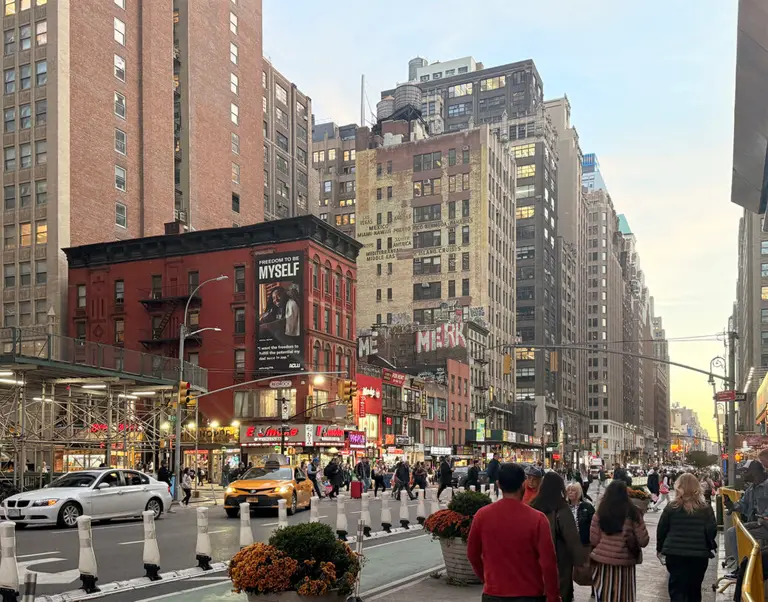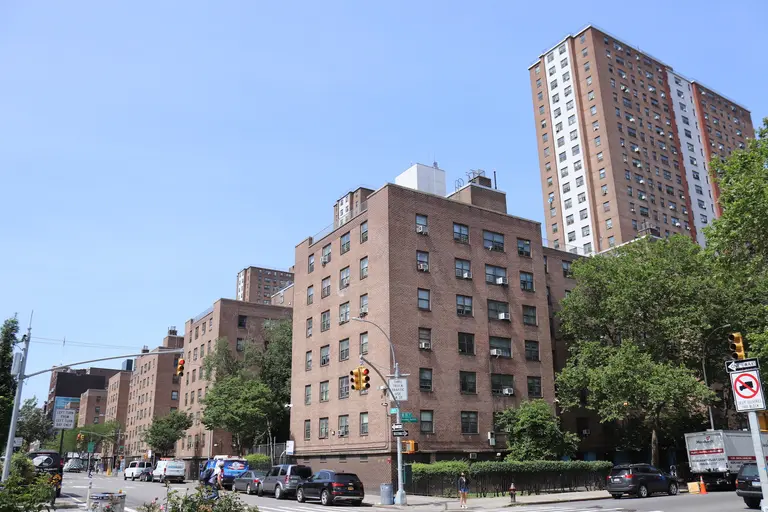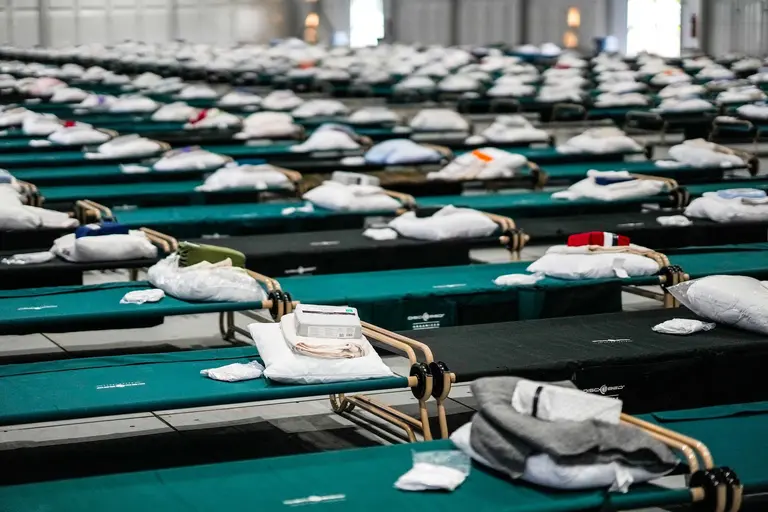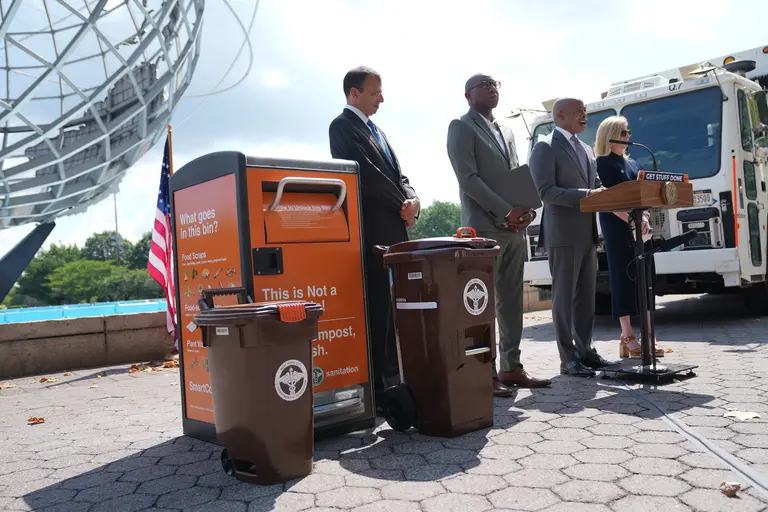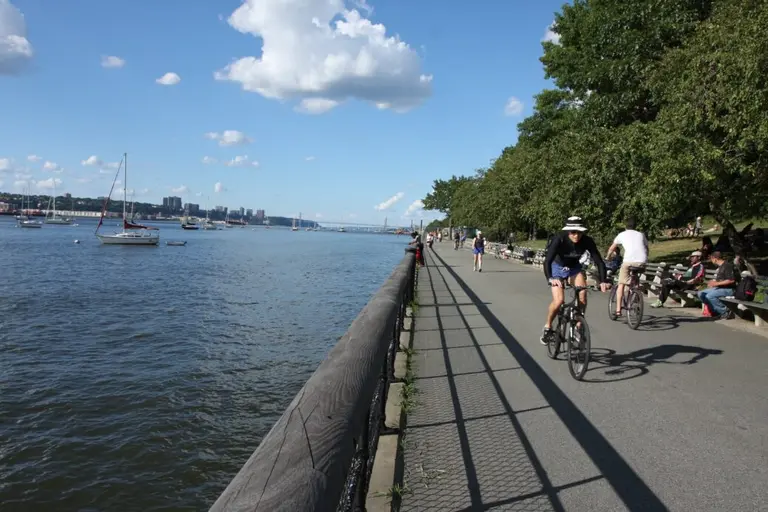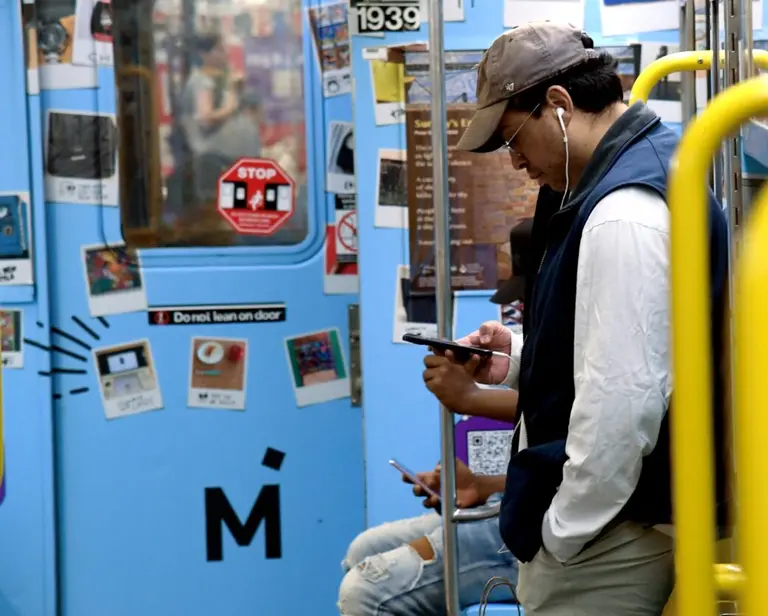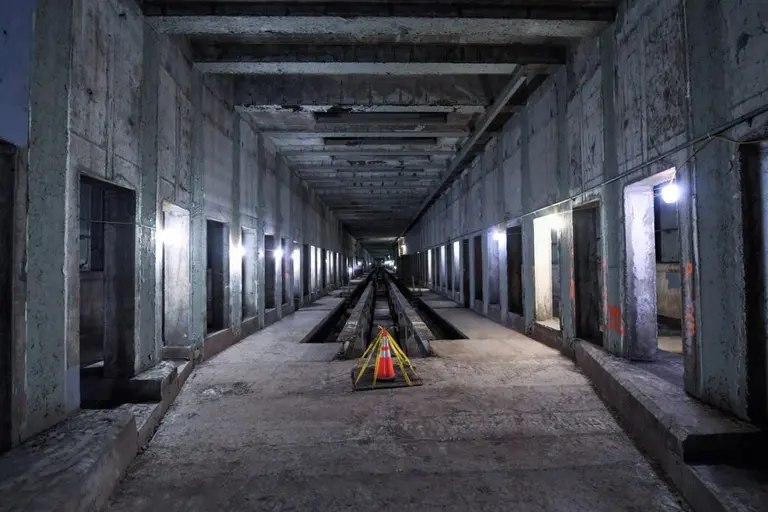Manhattan congestion pricing toll could cost up to $23 for drivers
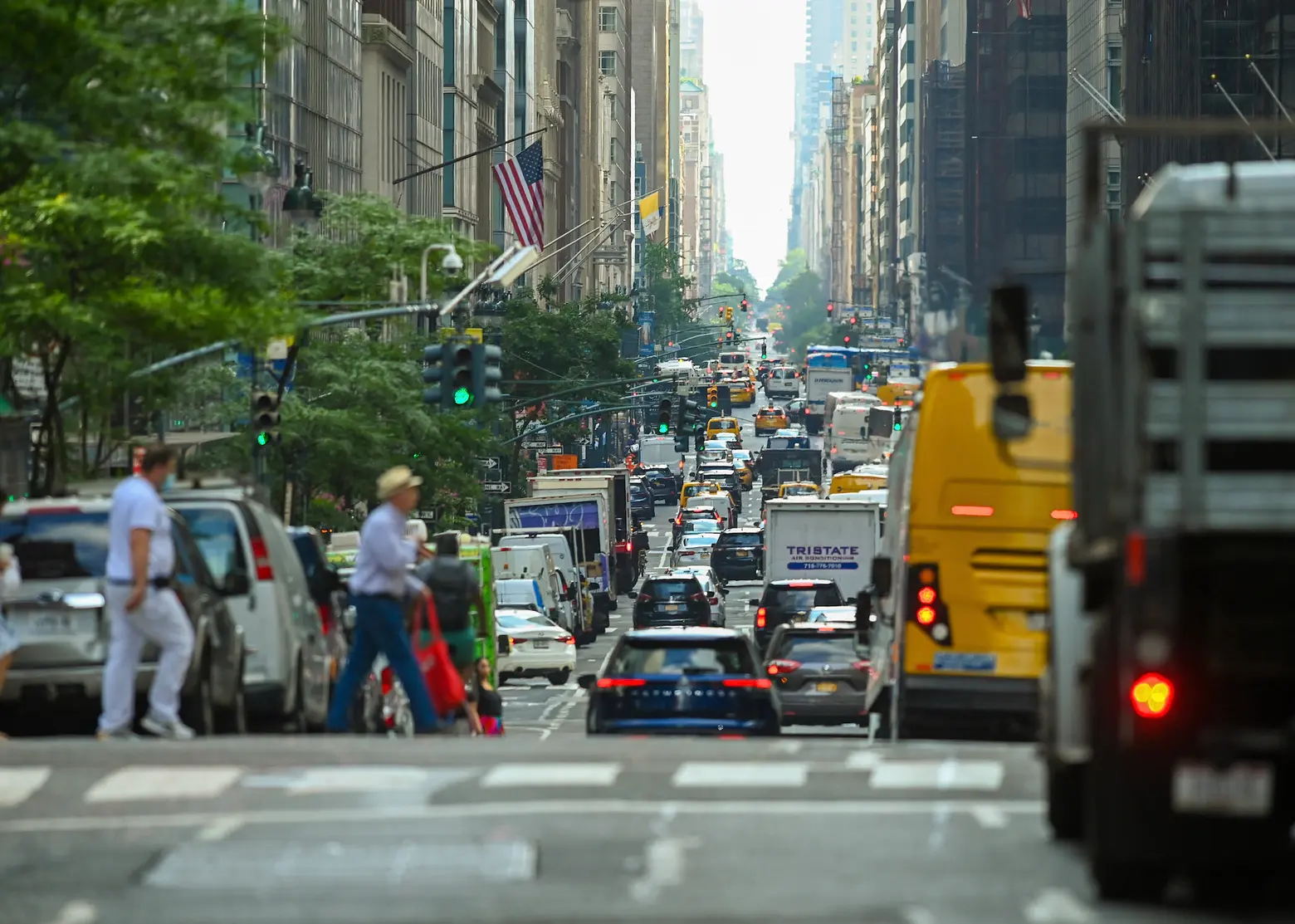
Photo courtesy of Marc A. Hermann / MTA on Flickr
MTA officials on Wednesday released the highly-anticipated environmental assessment of the Central Business District (CBD) Tolling Program, known as congestion pricing. The analysis says that the program could cut traffic congestion in Manhattan’s busiest areas by nearly 20 percent while raising $1 billion a year to fund mass transit improvements. Under the proposal, the plan could cost drivers who enter the borough south of 60th Street anywhere between $5 and $23, depending on the time of day and type of vehicle.
“The tremendous detail included in this assessment makes clear the widespread benefits that would result from central business district tolling,” Janno Lieber, MTA Chair and CEO, stated. “Bottom line: congestion pricing is good for the environment, good for public transit and good for New York and the region. We look forward to receiving public feedback in the weeks ahead.”
Congestion pricing was first approved by Gov. Andrew Cuomo in 2019 but has been delayed due to former President Donald Trump’s administration, according to The City.
The MTA’s assessment includes seven separate tolling scenarios. Non-commercial vehicles could pay between $9 and $23 during peak hours (6 a.m. to 8 p.m. on weekdays and 10 a.m. to 10 p.m. on weekends) and between $5 and $12 during overnight hours.
The tolls would drive truck traffic out of Manhattan’s most congested areas, with the report estimating that truck travel through the CBD would decrease between 55 and 81 percent. However, this change could divert drivers to roads in the South Bronx and on Staten Island and cause congestion in those areas instead, according to the report.
A decrease in the number of vehicles on the street would improve air quality, especially around the CBD. It would also make public transportation like buses more efficient, and promote the use of public transportation. The money gained through the new toll system would be put towards mass-transit improvements which would further the decongestion of traffic.
The assessment also found that the proposed changes would increase public transit ridership between one and two percent.
As part of an MTA proposal, drivers with disabilities and emergency vehicles will be exempt from paying the fees. Drivers on FDR Drive and West Side Highway would be exempt. The MTA has also proposed offering credits to drivers who make less than $60,000 a year.
The assessment found that if the proposed policy changes are implemented, subway stations would have to adapt to an increase in ridership. For example, the elevator for the 7 line at Flushing-Main Street station in Queens would have to be sped up from 100 feet per minute to 120 feet per minute.
Similarly, at the Times Square-42nd Street subway station, a handrail between the station’s mezzanine and uptown platform for the 1, 2, and 3 subway lines would need to be removed if ridership were to increase during peak hours.
There will be six public hearings on the congestion pricing options held on the following dates:
- Thursday, Aug. 25, 5 p.m. to 8 p.m.
- Saturday, Aug. 27, 10 a.m. to 1 p.m.
- Sunday, Aug. 28, 1 p.m. to 4 p.m.
- Monday, Aug. 29, 1 p.m. to 4 p.m.
- Tuesday, Aug. 30, 5 p.m. to 8 p.m.
- Wednesday, Aug. 31, 10 a.m. to 1 p.m.
The newly-named Traffic Mobility Review Board will recommend one of the tolling scenarios proposed, with the MTA board making the final decision.
Following the public hearings, the Federal Highway Administration (FHWA) will work to determine if the proposed system would truly bring about the benefits proposed in the assessment.
If approved, project partners would have 310 days to create the proposed tolling infrastructure and technology, according to the MTA.
RELATED:

